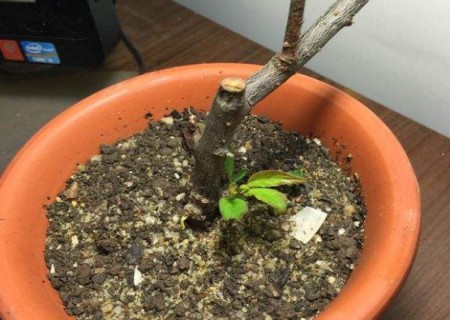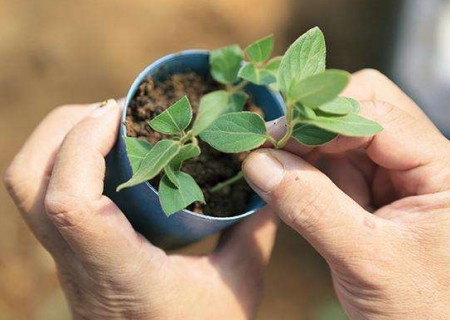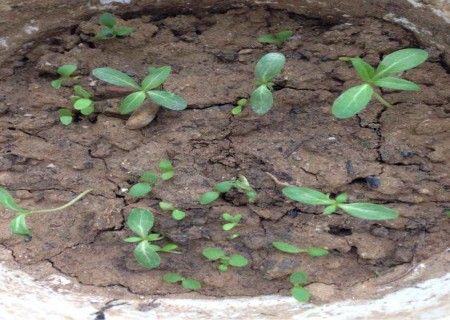Cutting propagation technique of plum blossom
Plum blossom is a very common flower in our country. Now many flower friends will make plum blossom into bonsai and watch it at home. Plum blossom bonsai, sparse shadow horizontal oblique, simple and vigorous, very poetic. Plum, as a symbol of good news and auspiciousness, has been regarded as an auspicious thing by the Chinese people since ancient times. Plum blossom has a light and elegant aroma, the tree posture of plum is elegant, the branches are old, and the appreciation of plum trees is not just about plum blossoms. It is especially rich in ornamental value as bonsai and flower arrangement.

The operation of cutting propagation of plum blossom is simple, and the technology is not complicated. At the same time, it can completely maintain the excellent characteristics of the original variety. As long as the plum blossom is cut properly, the survival rate can reach 60% and 70%. In 11-12 months after deciduous leaves or after flowering in early spring, 1-year-old sturdy branches (without flower buds) were intercepted, which were 10 mm long and 18 cm long, and inserted into the sandy soil seedling bed. The embedded part was about 1 × 2 cm, and the row spacing was 10 cm × 20 cm. Keep half moisture after insertion, pay attention to watering and other management work. Spring cutters have to build a shade during the summer.
The specific technical points are as follows:
1. Time: in combination with pruning in early spring or late autumn. In the middle and lower reaches of the Yangtze River, the cutting time should be a few days before the Beginning of Spring.
2. Environment: it is best to cut in a semi-shady and wet place, that is, under the condition of scattered light. If you do not have these conditions, you should pay attention to keep them moist regularly so as not to dry up the cuttings due to lack of water.
3. Materials: select 1-year-old strong branches and cut the lower branches into cuttings 15 cm long. Cuttings can also choose the sturdy branches of the current year (2 years old), which are 25-30 cm long and similar in thickness to the small head of chopsticks, not too thick or too thin.
4. Medium: perlite, the best soil quality is sandy soil without fertilizer.
5. Operation:
Dip in woody rooting powder, insert into a flowerpot with a diameter of 15 cm, pour 5 plants into each pot, pour water through, and put it in a weak light place indoors; when cutting in autumn, the flowerpot should be wrapped in plastic bags to achieve the purpose of heat preservation.
The cutting depth should be 15-20 cm. In case of frost weather, it is necessary to cover with grass to keep warm. Water thoroughly after insertion, and then keep the soil moist. If you don't wait to show your love, you should water it. If the surface hardening occurs after several times of watering, it is necessary to loosen the surface and then irrigate it to make sure that each watering can reach the bottom of the cuttings. But it should also be noted that the lower part of the cuttings should not be watered too much so as not to rot.
Wait until April-May of the second year to germinate and then move out of the room for routine maintenance and management. Irrigate the nutrient solution once a week, 100ml each time, the watering should be wet and dry, and transplanting can be carried out in the spring of the third year.
Time: 2019-06-09 Click:
- Prev

How to cut Flos Lonicerae-Cuttage Propagation technique of Flos Lonicerae
According to the length of cuttings selected, cuttings can be divided into short-branch cuttings and long-branch cuttings. Short-wood cuttings are often used for mass propagation of seedlings, and long-branch cuttings are usually used for direct cutting to build gardens or to propagate semi-shaped seedlings. Honeysuckle has the methods of cutting, striping, ramet and seed propagation, but the cutting method is the most simple and convenient.
- Next

How to sow Catharanthus roseus-sowing method of Catharanthus roseus
Catharanthus roseus has a long flowering period, beautiful colors and beautiful posture, and with the development of modern technology, the varieties of Catharanthus roseus cultivated by people are becoming more and more beautiful, which is very suitable for indoor potted ornamental plants. Raising a pot at home may have an unexpected effect. It needs good seedlings to bloom well.
Related
- Fuxing push coffee new agricultural production and marketing class: lack of small-scale processing plants
- Jujube rice field leisure farm deep ploughing Yilan for five years to create a space for organic food and play
- Nongyu Farm-A trial of organic papaya for brave women with advanced technology
- Four points for attention in the prevention and control of diseases and insect pests of edible fungi
- How to add nutrient solution to Edible Fungi
- Is there any good way to control edible fungus mites?
- Open Inoculation Technology of Edible Fungi
- Is there any clever way to use fertilizer for edible fungus in winter?
- What agents are used to kill the pathogens of edible fungi in the mushroom shed?
- Rapid drying of Edible Fungi

